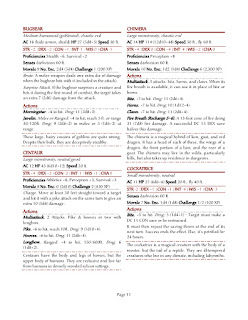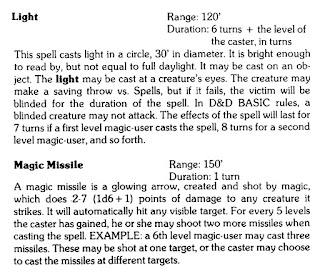The Nebulous Heft of Levels in TSR vs WotC D&D

One thing that weighs favourably towards TSR D&D rulesets for me is the different experience of character levels. Character levels in TSR D&D just strike me as having far more heft to them, than levels in 3e onwards. I remember being much more proud of my AD&D fighter reaching 5th level than I ever was of reaching much higher levels in 3e or 5e. And it's not just due to nostalgia. The achievement felt more significant, as if 5th level in AD&D meant more than 9th level does in 5e. Not only in terms of my investment as a player, but also in terms of what that meant for the character in the world. A 7th lvl fighter in B/X or AD&D setting is a big deal to my mind. A force in the world. A 7th lvl fighter in 5e strikes me as a somewhat more run-of-the-mill character. The AD&D 7th lvl fighter seems somehow further removed from 1st lvl than the equivalent 3e/5e character, It's a nebulous impression that is hard to explain or justify. And I am partly writing t...














